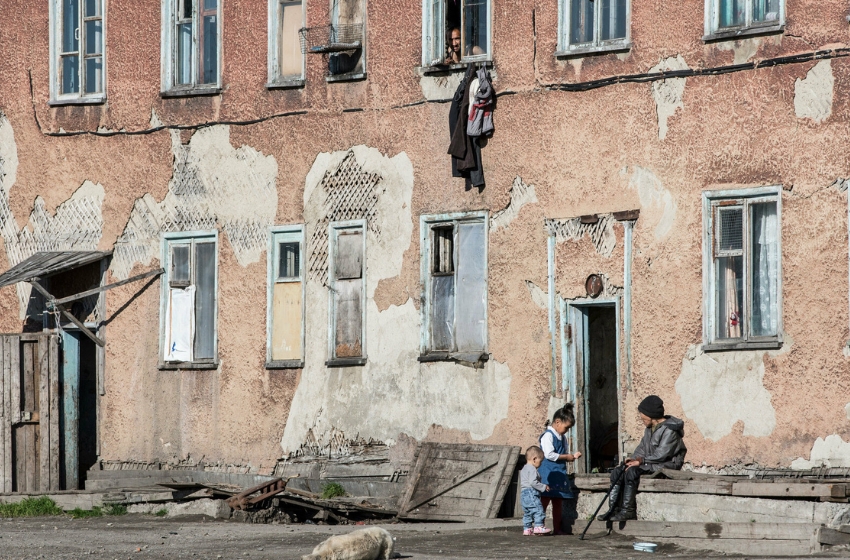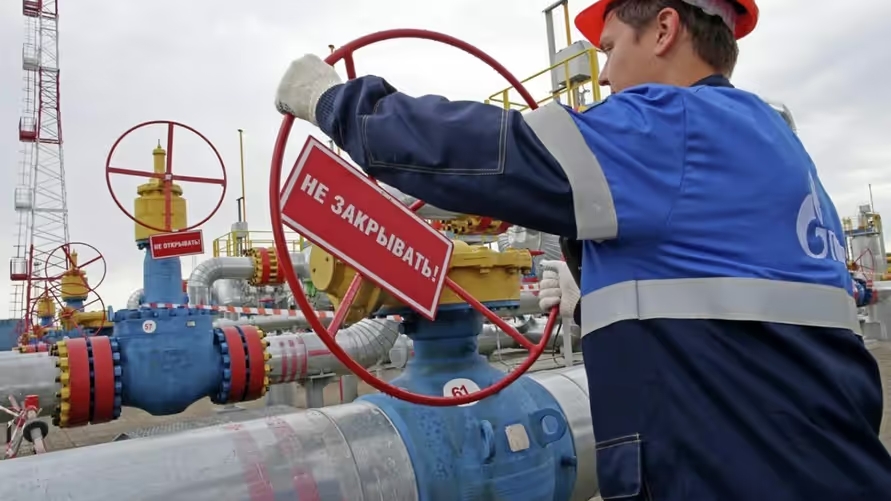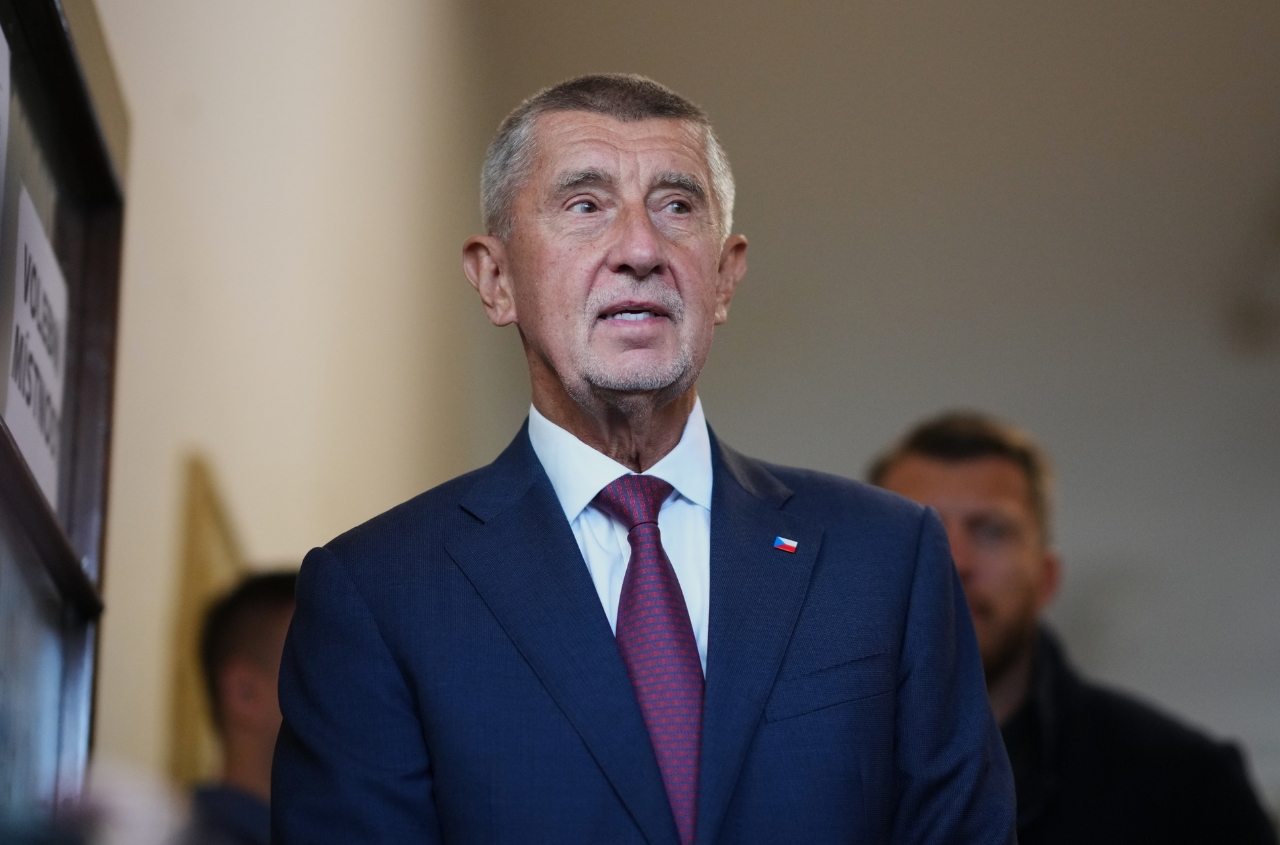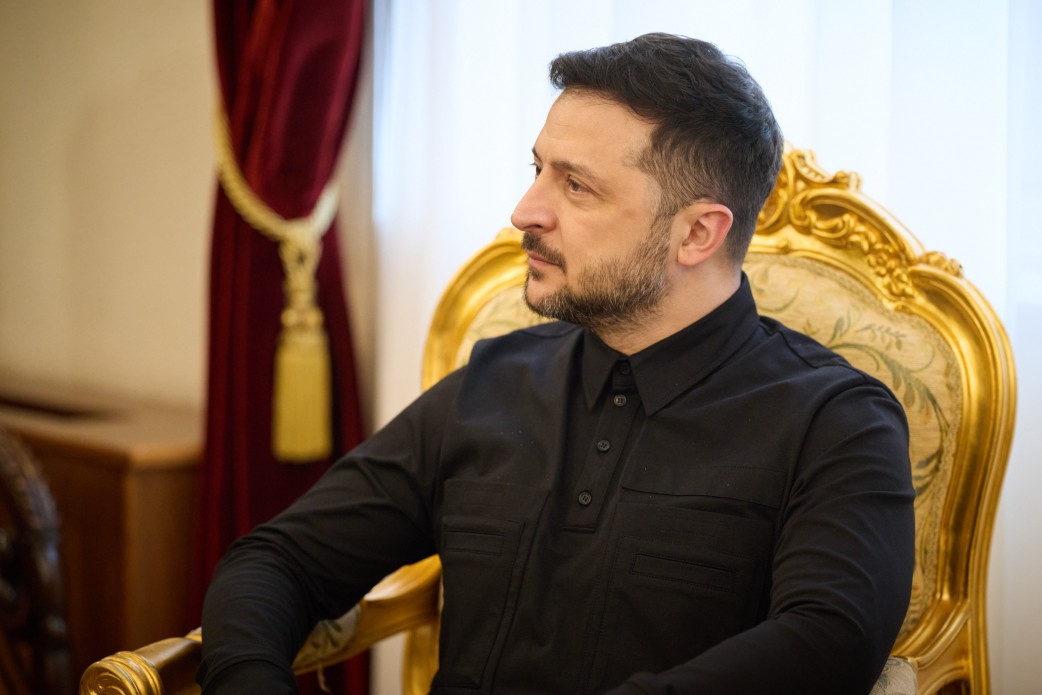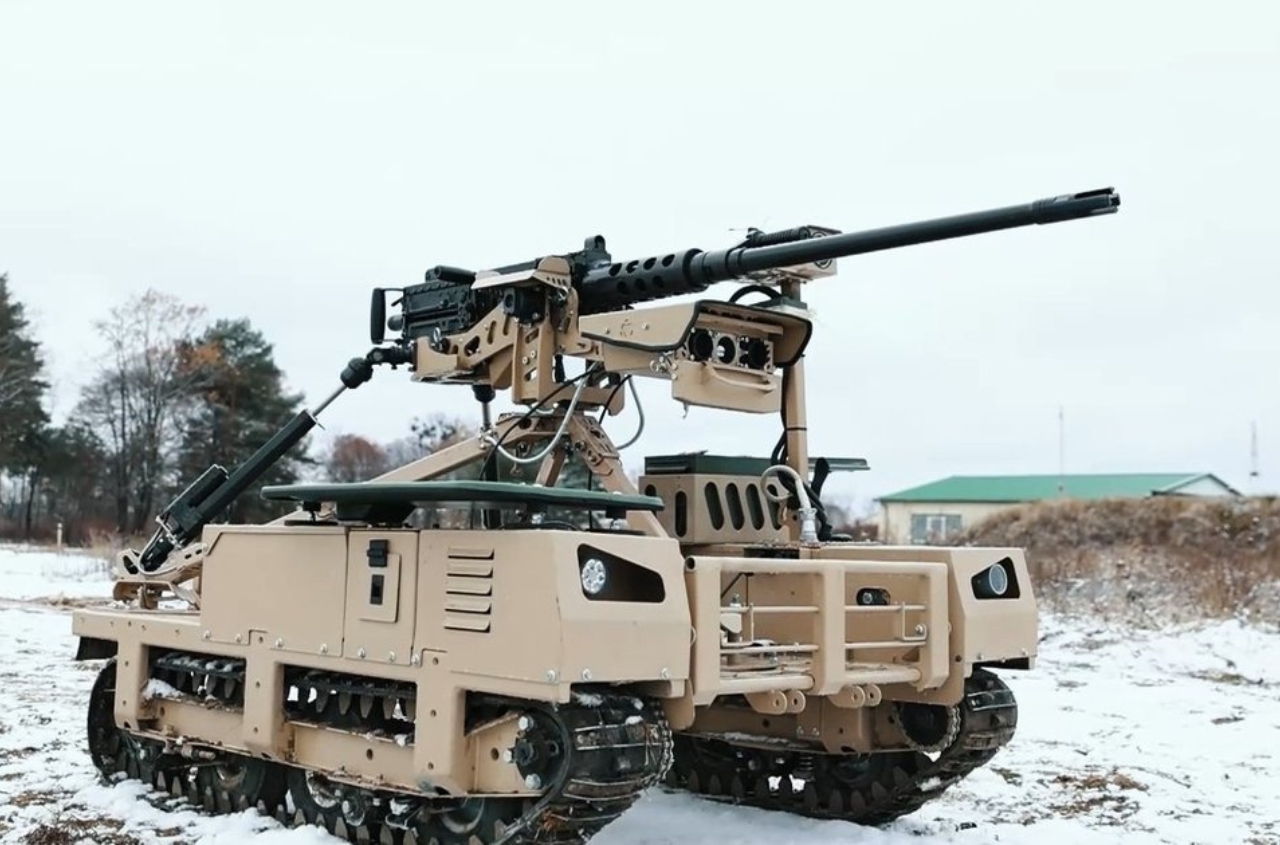The best post from Trump on Ukraine so far, in my view, signals only one thing: the diplomatic track for peaceful negotiations is temporarily on hold. This deserves a deeper analysis later.
What comes to the forefront is the complex “realities on the ground,” affecting not just the immediate battlefield but all factors influencing the ability to wage war.
In this context, let’s turn to the traditional column “Malyuk and Friends Impose Sanctions,” as it illustrates the potential for a return to negotiations.
- In Crimea, fires and explosions continue regularly. Much of this does not reach the media because military facilities are involved, and visual evidence is not always possible. In recent days, the Main Intelligence Directorate has damaged or destroyed several Mi-8 helicopters, two Be-12 amphibious aircraft, and the especially scarce Nebo-U radar system. These strikes make Crimea and the southeastern front more vulnerable, requiring additional resources that must be sourced elsewhere.
- Meanwhile, there is information that the Special Operations Forces completed an operation against an S-400 surface-to-air missile system in Kaluga region, locating and destroying the launcher and radar. This S-400 was intended to protect Moscow—meaning more resources need to be found.
- A few days ago, online attention focused on unknown drones over Moscow and its surroundings. While all eyes were on valuable targets in the city, the Special Operations Forces struck several key facilities. They hit two linear production-dispatch stations: one on the Transneft-Druzhba pipeline near Naitopovychi in Bryansk region, in coordination with the Russian Military Engineering Directorate, and the Samara station on the Kuibyshev-Tikhoretsk pipeline, recently targeted by drones from the SSU and Special Operations Forces. The port of Novorossiysk was also affected.
Additionally, a strike was carried out on the Astrakhan gas processing plant, one of the world’s largest gas-chemical complexes, which produces propane-butane, gasoline of major brands, and diesel fuel. Media reports indicate significant damage, halting many processes at the plant, with repairs expected to take at least weeks.
-
The, drones from SSU’s “A” Central Special Operations unit struck the colossal Gazprom Neftekhim Salavat plant in Bashkortostan for the second time in ten days. This is one of Russia’s largest, if not the largest, full-cycle oil refining and petrochemical complexes, producing around 150 products. The attack was confirmed by plumes of black smoke. The strike reached a facility 1,400 km away, an impressive achievement, not only in terms of success but also in demonstrating Russia’s inability to repel repeated attacks effectively.
Through these “sanctions” on the Primorsk port in Leningrad region and the Salavat plant, the SSU demonstrates that the entire Russian territory from the Baltic to the Urals is within reach. Russia will have to adapt to this reality.
The Russian Federation’s prosperity has long relied on infrastructure built at enormous effort during the Soviet era and the first prosperous decade of the 21st century. The situation has changed: the opportunity to generate super-profits is limited. Russia is already forced to raise VAT to 22% to cover war expenses, clearly leaving little room for investment. In just two months, significant damage has been inflicted on the oil and gas sector.
The accumulation of problems across critical infrastructure could take Russia years to recover, leaving the country objectively “stuck” in the war and losing competitive advantages. Putin and his allies are destroying what generations built and stealing the country’s future.









